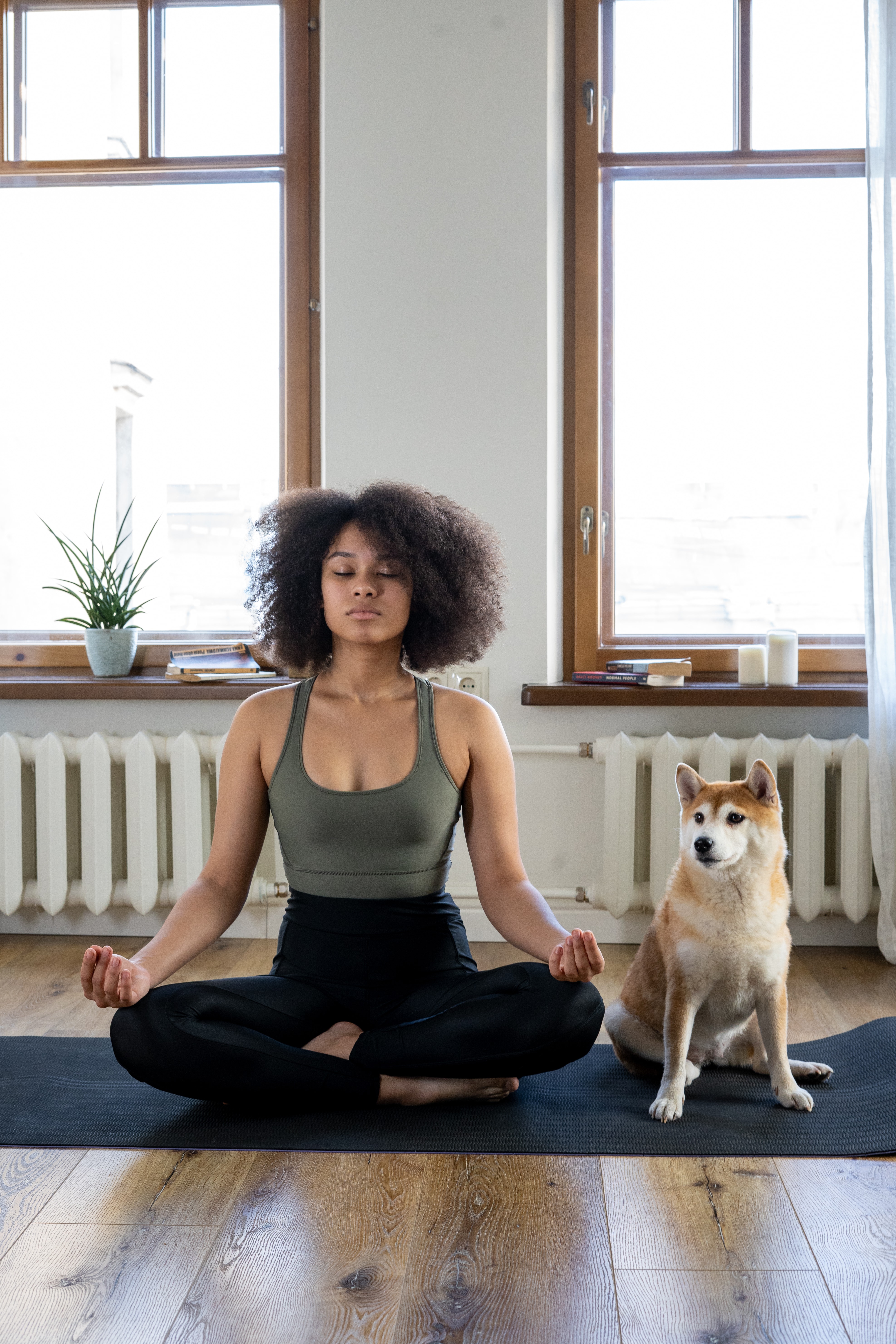Enhance Your Well-Being by Knowing How to Meditate?
Enhance Your Well-Being by Knowing How to Meditate?
Blog Article
How to Meditate: A Step-by-Step Technique to Achieving Mindfulness and Calmness
Reflection serves as an effective tool for achieving mindfulness and psychological tranquility in a hectic globe. By recognizing the fundamental concepts and strategies included in meditation, individuals can grow a technique that enhances their general well-being.
Comprehending Meditation
Comprehending reflection includes grasping its essential principles and methods, which act as the structure for the technique. At its core, reflection is a psychological exercise intended at promoting leisure, developing interior power, and creating empathy and insight. The technique urges individuals to focus their attention, commonly with strategies such as deep breathing, visualization, or rule repeating.
Reflection can be categorized right into various styles, consisting of mindfulness, transcendental, and loving-kindness meditation, each with distinctive objectives and methodologies. Mindfulness meditation emphasizes present-moment awareness and non-judgmental observation of feelings and ideas, while copyright involves making use of particular mantras to transcend regular thought processes. Loving-kindness reflection concentrates on creating an attitude of love and compassion in the direction of oneself and others.
Despite the method utilized, the key goal stays constant: to cultivate a much deeper understanding of the mind and its patterns. This self-awareness promotes psychological strength, clarity of idea, and an extensive sense of calmness (How to meditate?). By understanding these techniques and principles, people prepared for a successful reflection technique that can significantly enhance their overall well-being
Preparing for Your Practice
Before starting your meditation technique, it is necessary to create a setting conducive to concentrate and relaxation. Ensure that the area is totally free and clean of mess, as a tidy environment can help remove the mind.
Consider the lighting, as natural light can improve your mood and power. Soft, warm lights is commonly extra relaxing than harsh fluorescent lights. Furthermore, select a comfortable temperature level, ensuring that you are neither too hot nor too cool.
Including components that advertise tranquility can further enhance your experience. This might consist of soft cushions or blankets for convenience, as well as calming scents from essential oils or scent. It can also be valuable to have a timer established for your meditation session to stop distractions from clock-watching.
Standard Meditation Strategies

Another reliable technique is body check reflection. This entails psychologically scanning your body from head to toe, noticing any kind of locations of stress or pain and consciously loosening up those muscle mass. This this hyperlink method fosters a much deeper link in between your mind and body.

Last but not least, loving-kindness reflection concentrates on growing concern towards yourself and others. Silently repeat expressions of goodwill, enhancing psychological well-being and interconnectedness. Each of these strategies acts as a foundation for your reflection trip, permitting you to locate the approach that reverberates finest with your personal technique.
Keeping Emphasis and Mindfulness

Establishing a committed meditation area can improve the capacity to keep mindfulness. A quiet, uncluttered atmosphere lessens interruptions, permitting deeper immersion in the practice. Furthermore, setting a time frame can help manage assumptions; starting with shorter sessions might ease the change right into longer practices.
Utilizing methods such as body scanning or observing sensations can likewise reinforce mindfulness. These techniques encourage experts to remain present and involved with their physicality, securing their focus in the minute. Routine technique is vital; the mind builds resilience with time, developing a stronger capability for focus.
Incorporating Meditation Into Daily Life
Integrating meditation right into every day life can transform regular activities right into possibilities for mindfulness and self-reflection. By incorporating mindfulness techniques into typical jobs, individuals can grow a better feeling of existence and tranquility in the middle of the numerous hours of daily life.
Begin by identifying moments throughout your day where you can practice and stop briefly mindfulness. Also ordinary activities like cleaning internet meals or strolling can come to be opportunities for meditation by routing your interest to the feelings of activity and the sounds surrounding you.
Furthermore, alloting dedicated times for meditation can strengthen its practice. Start with short sessions, slowly boosting period Look At This as you come to be more comfortable. Use reminders or cues-- like a certain time of day or a relaxing audio-- to develop uniformity.
Eventually, the goal is to weave mindfulness right into the textile of every day life, permitting you to come close to each minute with intent, consequently improving your overall sense of well-being and clarity.
Final Thought
To conclude, efficient reflection requires a peaceful atmosphere, a comfortable setting, and a concentrate on the breath. By enabling thoughts to develop without judgment and continually redirecting focus to the breath, specialists can accomplish enhanced mindfulness and peace. Incorporating different methods, such as body scanning and loving-kindness phrases, can even more enrich the technique. Regular meditation, also briefly sessions, promotes a deeper connection to the present moment, inevitably leading to better calmness and mental quality in day-to-day live.
Reflection can be classified into various designs, including mindfulness, transcendental, and loving-kindness reflection, each with distinctive functions and techniques. Mindfulness meditation stresses present-moment awareness and non-judgmental monitoring of ideas and sensations, while transcendental reflection entails the use of details mantras to transcend regular idea processes.With your meditation room prepared, it's time to explore different standard reflection techniques that can assist grow mindfulness and internal peace.Continually maintaining focus and mindfulness throughout reflection can be challenging, particularly for those brand-new to the technique.Establishing a specialized reflection room can enhance the capability to keep mindfulness.
Report this page